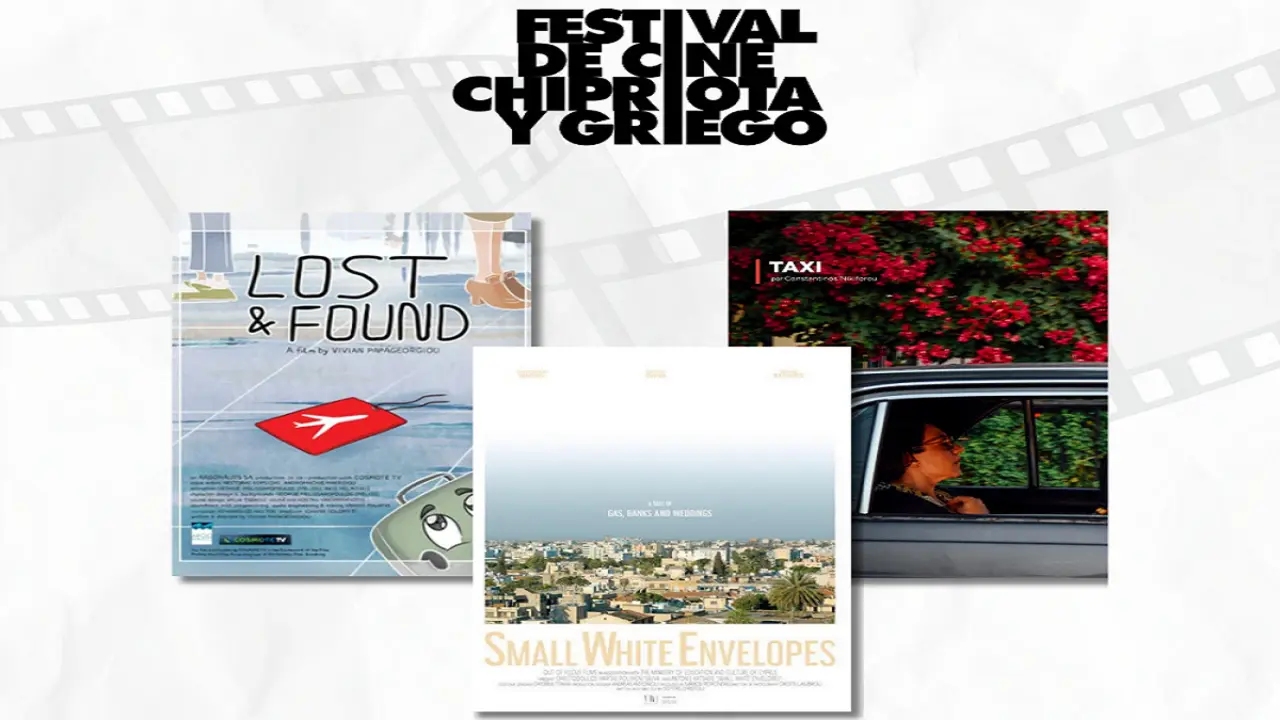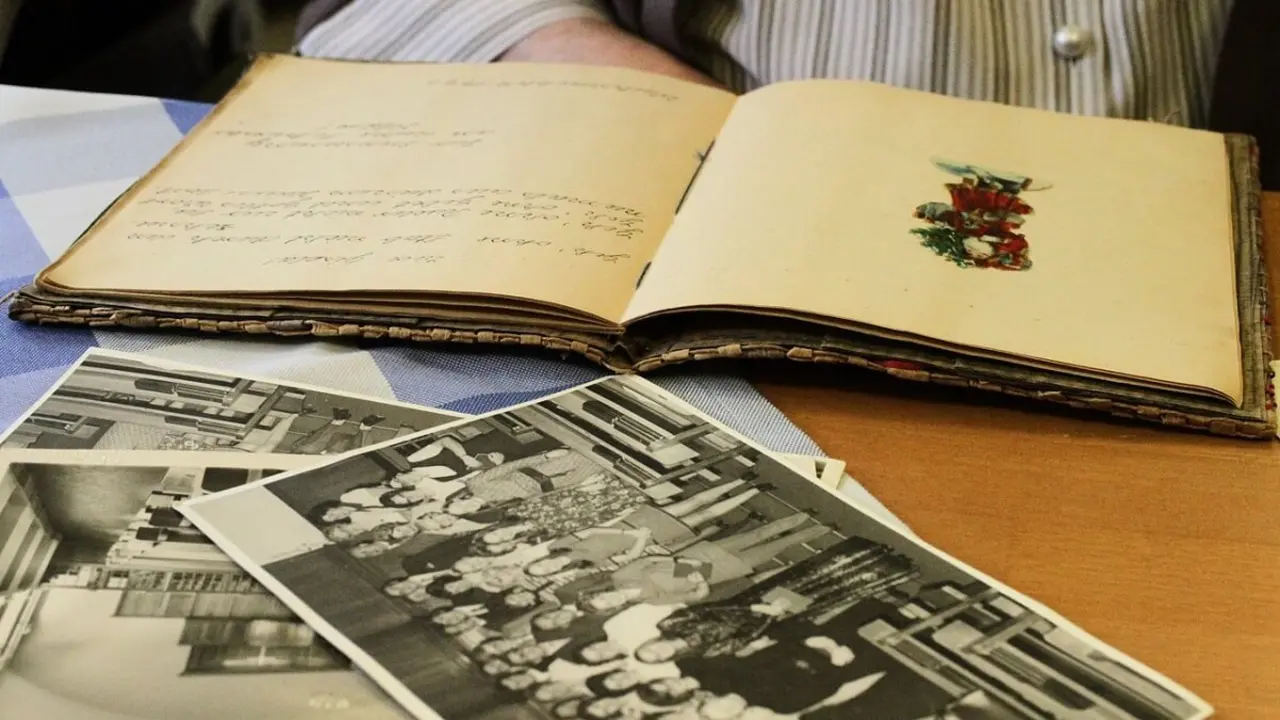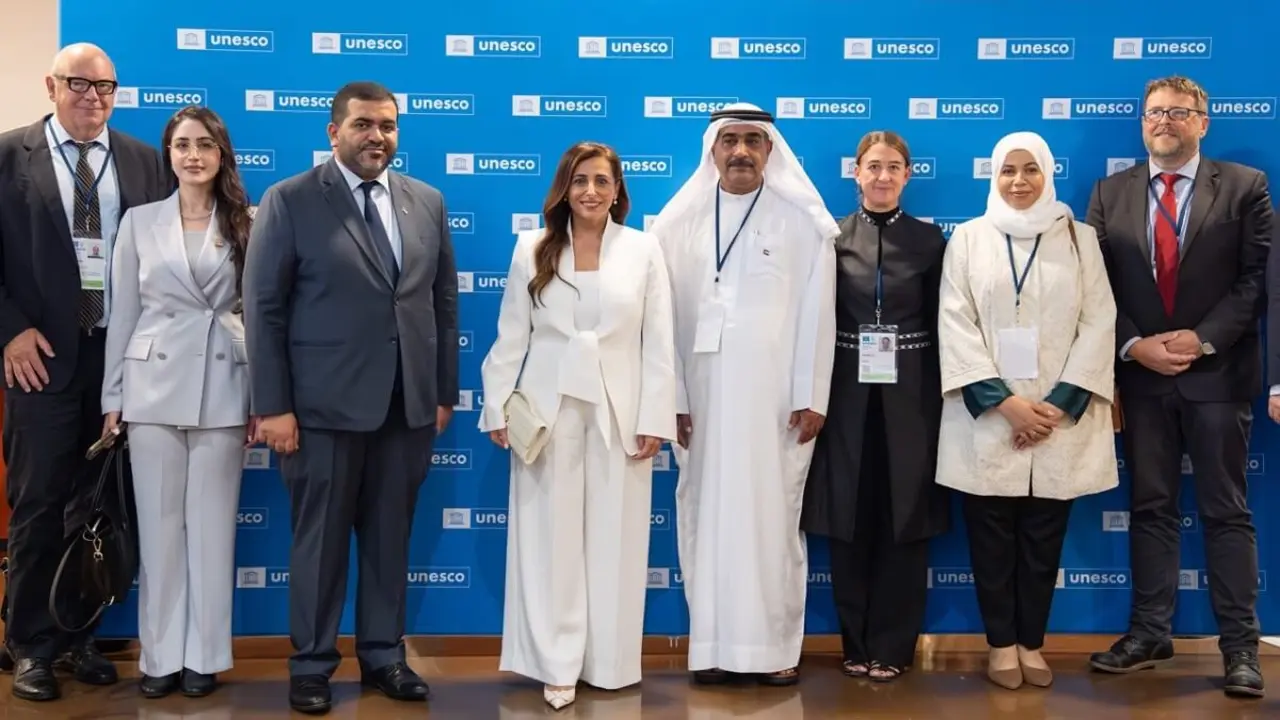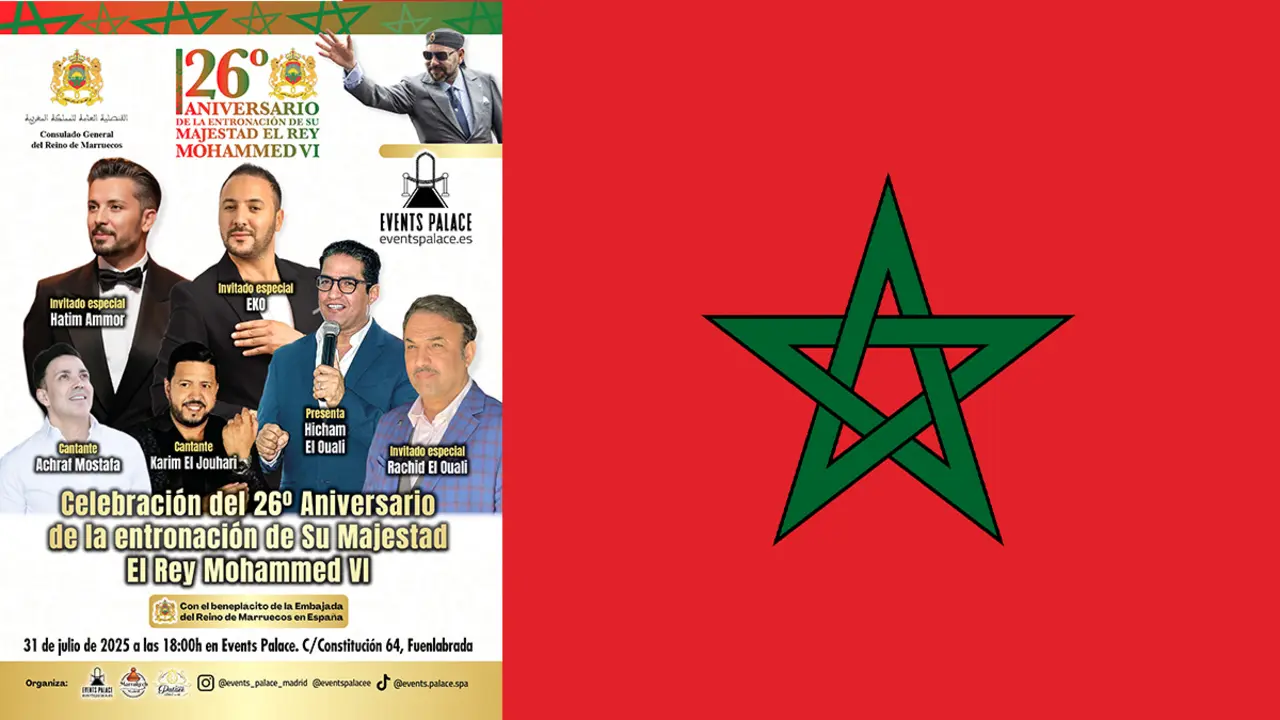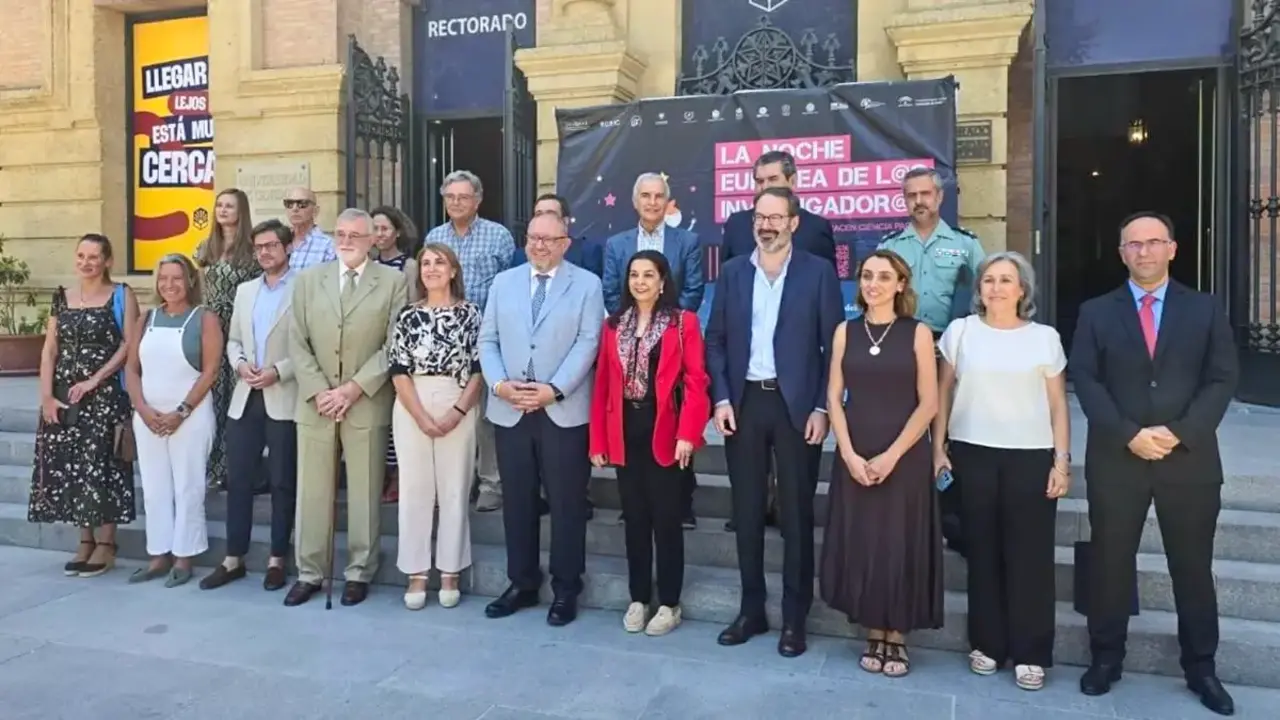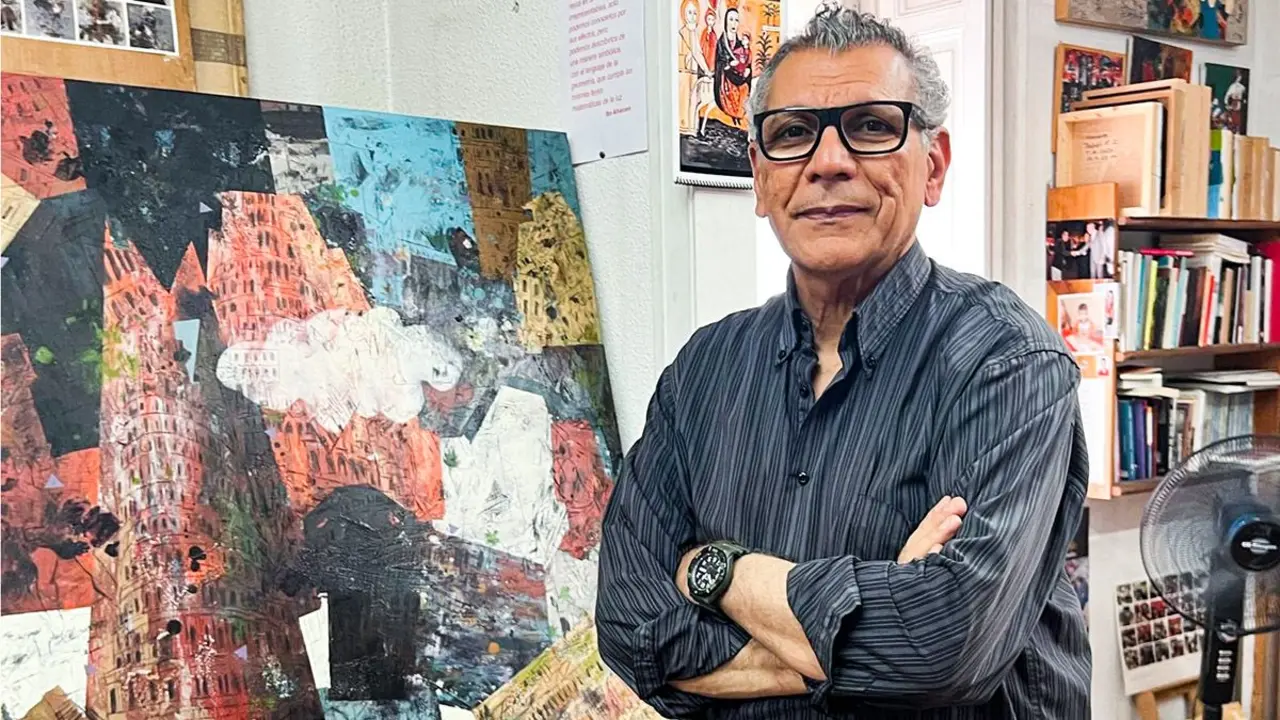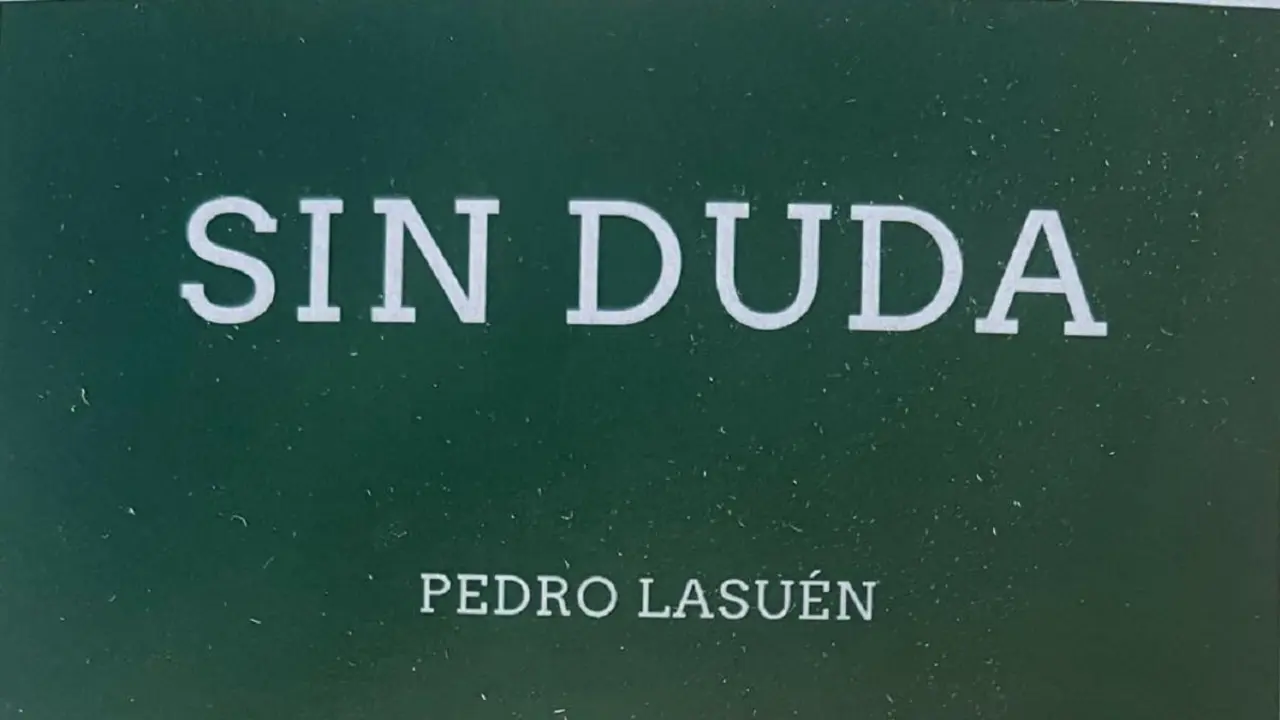The Three Cultures Foundation pays tribute to Ibn Hazm at the al-Ándalus Chair

Coinciding with the thousandth anniversary of the composition of "The Necklace of the Dove" by Ibn Hazm (Cordoba, 994), the Three Cultures Foundation pays tribute to the Andalusian philosopher, theologian, poet and historian and his work - written in Játiva in the 11th century and considered one of the greatest creations of Andalusian literature - by organising two conferences as part of the al-Ándalus Chair cycle.
The publication of the first edition of the Arabic text of this literary jewel - whose manuscript had remained unnoticed for almost two centuries in the Library of the University of Leiden - gave rise to a frenetic translation activity which in successive years saw the work translated into the main European languages (English, Russian, German, Italian, French...), followed by versions in Dutch, Serbian, Turkish and Hebrew. In Spanish, the first translation was made by the distinguished Arabist Emilio García Gómez in 1952, with a preface by Ortega y Gasset.
Now a classic, " The Necklace of the Dove" (Tawq al-hamama, in the original Arabic), is a work about love in which stories and anecdotes of all kinds are collected, but in which there are also characters and historical data, information about daily life, details of the author's own romances... "which make it a real fresco of the period, a ¡Hola! of Al-Andalus, a peephole through which we can look through to the other side of that massive door that is Time and the ages (...)", in the words of Jaime Sánchez Ratia, translator of the latest Spanish version of the work, which also includes the Arabic text.
The aim of this cycle is to reflect on the contents of "The Necklace of the Dove" and on the historical period and the life of its author, delving into its transcendence and later influence and familiarising our public with this masterpiece of Andalusian and universal literature.
The first session of the cycle will be devoted to the historical context in which Abu Muhammad Ali ibn Ahmad ibn Said ibn Hazm al-Qurtubi -son of a family of high palatine courtiers- lived, a convulsive period in Al-Andalus, marked by political instability and internal struggles for the leadership of the caliphate and its subsequent dissolution, and the way in which this influenced the author's own life and work - around 150 of his works are known to exist, of which almost half have survived. As García Gómez commented in the introduction to his translation of " The Necklace of the Dove", "the anguish of the brutal historical cut, of which he was a witness and actor, made him the most representative figure of Hispano-Arabic letters and its richest, most varied and fecund writer".
"Ibn Hazm in his historical context: the fall of the Caliphate of Córdoba and the establishment of the Taifas", by Jorge Lirola Delgado, president of the Spanish Society of Arab Studies and professor of Arab and Islamic Studies at the University of Almería.

